The Convergence of Student Activism and Military Resistance
In the year 1958
The rise and convergence of activism of Eritrean students in Cairo and Eritrean soldiers serving in the Sudanese army for Eritrean independence.
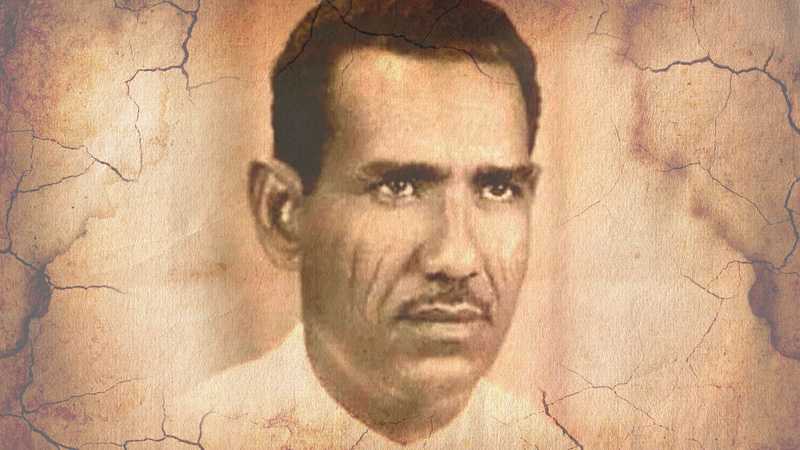 Former Chairman of the General Assembly, Idris Mohammed Adem who was asked to lead the movement for Eritrean independence in exile
Former Chairman of the General Assembly, Idris Mohammed Adem who was asked to lead the movement for Eritrean independence in exile
The struggle for Eritrean independence from Ethiopian saw the rise of activism with the Eritrean student body in Cairo and the Eritrean soldiers serving in the Sudanese army. These shared aspirations led to the convergence of these two groups and defined their role in the genesis of the Eritrean independence movement.
The Eritrean Freedom Organization
In 1956, Eritrean soldiers serving in the Sudanese army established the “Freedom Organization.” Its primary objective was to oppose Ethiopian rule in the federated Eritrea, whose autonomy was being eroded by the imperial regime. Most of the soldiers were primarily uneducated Eritreans who had joined the Sudanese army in search of employment.
Despite their limited education, the Eritrean soldiers were inspired by the militant freedom movements emerging in other parts of Africa, such as Algeria. They believed that armed struggle was the only viable path to Eritrean independence.
Student Activism in Cairo
In Cairo, Eritrean students were also actively involved in the struggle for independence. In 1958, they chose Idris Mohammed Adem, a former Speaker of the Eritrean Parliament, to lead their political movement and represent Eritrea in international courts.
Idris Mohammed Adem’s selection stemmed from the divisions within the Eritrean movement’s prominent figures in Egypt. Prominent politicians Mohamed Omar Qadi and Woldeab Woldemariam had disagreements regarding the role of the United Nations in resolving the Eritrean issue and how Egypt can and should help in the process.
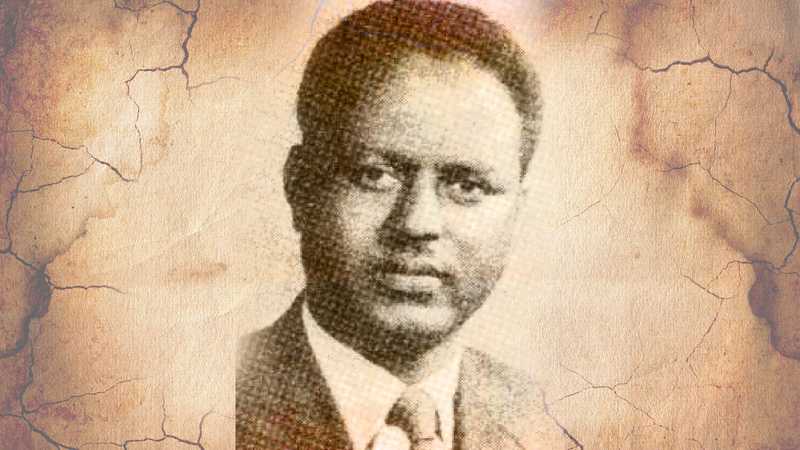 Woldeab Woldemariam, exiled leader of the movement for Eritrean independence
Woldeab Woldemariam, exiled leader of the movement for Eritrean independence
Both leaders had met with the leader of the revolutionary leadership of the Egyptian parliament at the time, Anwar es-Sadat and the later chairman of the Palestine Liberation Organization, the politician Ahmed Ashuqeiri. They suggested to them that Ethiopia was violating the federation and that the issue of Eritrea should be referred back to the UN. Sadat and Ashuqeiri suggested that they hold armed resistance instead without reliance on the United Nations.
Woldeab Woldemariam agreed with the proposal but Mohamed Omar Qadi insisted on Egypt’s role in the United Nations believing this was an excuse by the politicians not to help and to not let Woldeab Woldemariam go with him to the U.N. Both leaders rejected the excuses being offered and shared their difference of opinion and strategy.
Thus, Adem was seen as a compromise candidate who could bridge the gap between these two upcoming movements.
Convergence of the Two Groups
The student movement in Cairo and the Eritrean Freedom Organization in Sudan shared a common goal: Eritrean independence. They recognized the need for a unified leadership and agreed to work together towards this objective.
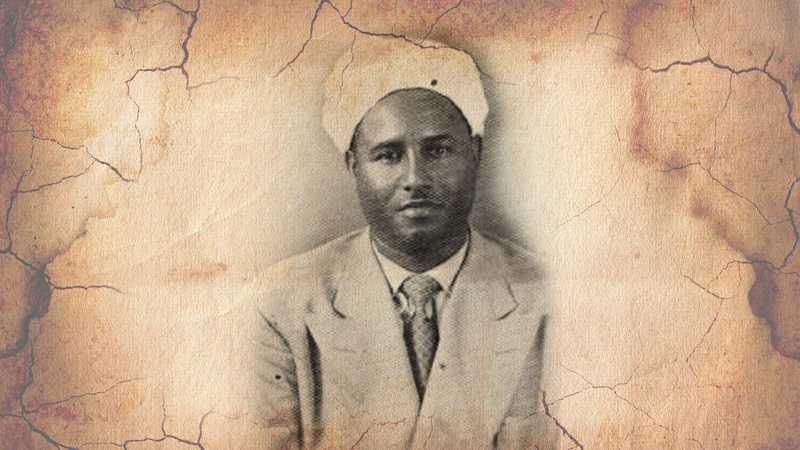 Sheik Ibrahim Sultan, the prominent leader in the movement for Eritrean independence
Sheik Ibrahim Sultan, the prominent leader in the movement for Eritrean independence
In 1958, two members of the Freedom Organization, Ibrahim Daud and Abdullah Idris Abdullah, were sent to Eritrea to meet with Idris Mohammed Adem and Ibrahim Sultan, a key figure in the movement for Eritrean independence. This meeting marked the first formal coming together of the political and military wings of the independence movement.
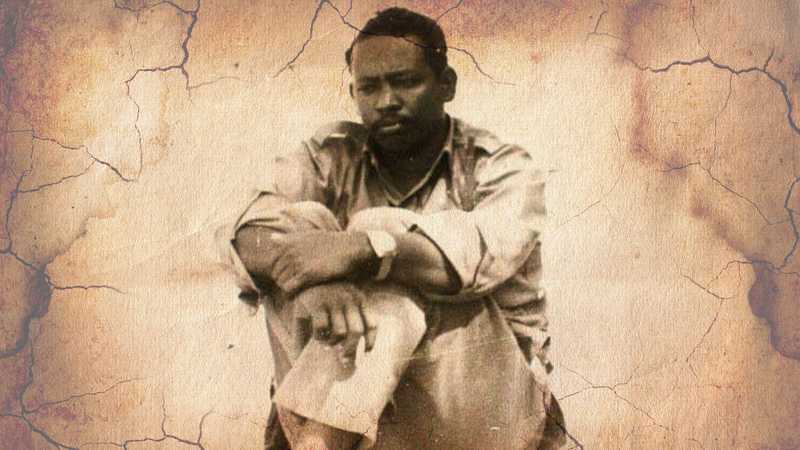 Abdullah Idris, as an Eritrean freedom fighter
Abdullah Idris, as an Eritrean freedom fighter
Leadership and Coordination
Idris Mohammed Adem and Ibrahim Sultan were brought out of Eritrea to Kassala. A committee was set up to make all arrangements for their travels to Khartoum and from there to Cairo.
Idris Mohammed Adem became the leader of the unified movement, representing both the student activists and the Eritrean soldiers in Sudan.
Both movements indeed had potential leaders within their ranks: such as the revolutionary students Idris Osman Gelawdios and Mohamed Saleh Hamed. But they were not ready to lead the struggle at the national level.
Even the Eritrean soldiers in the Sudanese army, although mature in age and experience and ready to endure hardships, were low-ranking soldiers who only had the experience of following orders. So both movements wanted someone to lead them.
The two organizations developed a close working relationship, sharing information and resources. They established a network of contacts and supporters in Eritrea and abroad.
Conclusion
The convergence of student activism in Cairo and military resistance in Sudan played a pivotal role in the birth of the Eritrean independence movement. Both groups recognized the need for leadership at a national level and coordination, and they worked together to establish a unified front against Ethiopian rule.
Through their efforts, they laid the foundation for the Eritrean Liberation Front (ELF), which would eventually launch the armed struggle for Eritrean independence.
